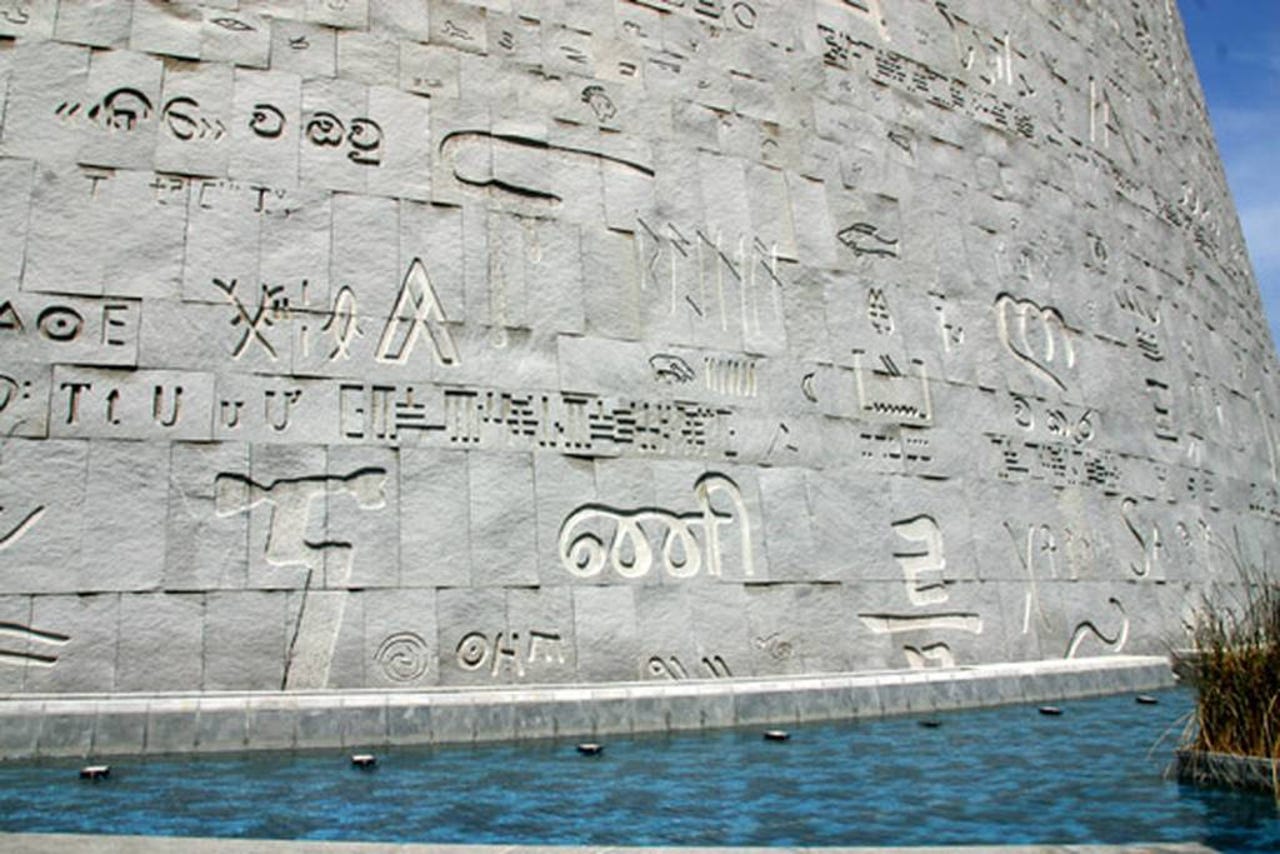The new Library of Alexandria builds up its supercomputing powers


Researchers will benefit to access to technology their classical predecessors working in Ancient Library of Alexandria could never have dreamed of.
An Egyptian library with a heritage dating back over 2,000 years is set to build a high performance supercomputer in order to help academics perform scientific research with far more power than their classical counterparts could have imagined.
Located on the shore of the Mediterranean sea, Bibliotheca Alexandrina opened in 2002 but was built to commemorate the Ancient Library of Alexandria , one of the largest libraries of the ancient world. The original library was destroyed by the subsequent efforts of Julius Caesar's Legions and later Dark Age invaders of Egypt.
The New Library of Alexandria, Bibliotheca Alexandrina, is therefore dedicated to "recapturing the spirit of openness and scholarship" of the original library, containing a general library - which can hold up to a million books - and six specialised libraries. Bibliotheca Alexandrina is also home to four museums, a copy of the Internet Archive, thirteeen academic research centres and more.
With the library serving as a centre for educational research and scientific development, Bibliotheca Alexandrina will work with the Ministry of Communication and Information Technology of Egypt and Huawei in order to build a massive computing platform.
The HPC cluster will help scientists and researchers deploy specialised applications require immense mathematical calculations, such as bioinformatics, data mining, physics simulation, weather forecast, drilling for oil and groundwater, and cloud computing.
In order to achieve this, Huawei's HPC setup uses high-density FusionServer servers, and employs high-speed InfiniBand for computing networks. The system is designed to deliver a theoretical peak speed of 118 TFLOPS while the entire system will provide 288 TB in storage capacity for concurrent file systems.
The number of InfiniBand and Ethernet switch ports in the system are also designed to bring the advantage of enabling cluster nodes to be powered to three times the initial configuration, enabling the expansion of storage capacity up to a total of 4.5 PB.
Huawei's supercomputer is also equipped with key systems and components designed to help eliminate stoppages from single points of failure, so that in the event that something does go wrong, there isn't a digital repeat of the destruction of the original Alexandria Library.
READ MORE ON SUPERCOMPUTING